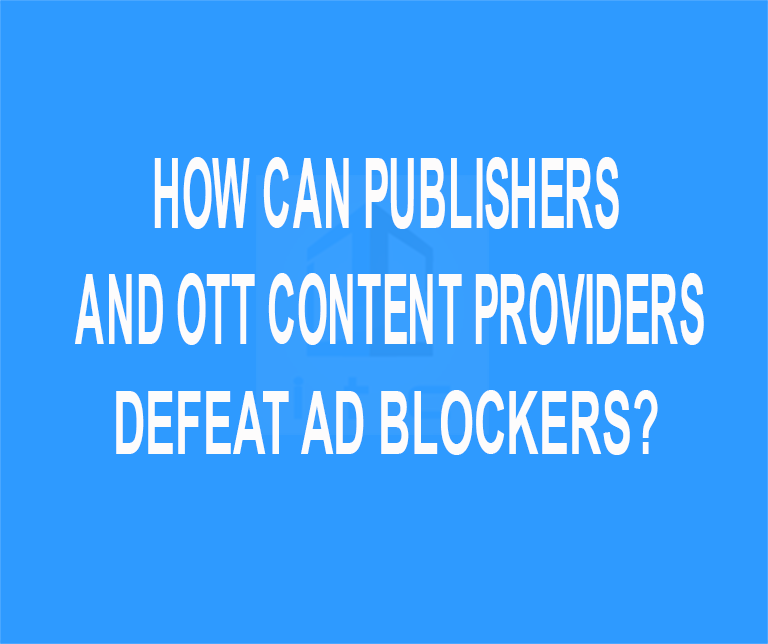For most of the internet’s history, ad placements were the chief source of revenue. Whether placed in news websites or in popular free apps, these ads have not only paid for the salaries of their creators. They have practically funded the creation of some of the web’s most valuable properties, such as blogs and the influencers that were behind them.

However, with the advent of ad blockers both on computers and mobile, publishers and over-the-top (OTT) content providers are in a bind. Ads—their main source of revenue—are becoming less and less effective. In fact, a 2016 study estimates that about $12 billion in US ad revenue will be lost due to this technology by the year 2020.
So how can these publishers and OTT content providers cope? The answer isn’t blocking people who use ad blockers from visiting the site. In fact, preventing people with ad blockers from visiting your site will just make traffic dip. Instead, websites can survive by reinventing their business models and developing new sources of revenue. Here are some ideas on how to accomplish this:
Saved by Subscriptions
Just like how the broadsheets and tabloids of yesteryears did it, making people pay for the content they consume is a valid way to raise money. After all, platforms such as Netflix run on a pure subscription basis; who’s to say that other content creators can’t demand payment for their hard work?
However, after years of getting free content, it’s going to be tough to convince people to switch to a subscription-based model. You will have to convince them of the value of your content before you ask them to pay. You can start by offering free samples of your content or a trial period for your subscription. Or you can offer exclusive, downloadable content for your subscribers.
Just make sure to study the market first before going on a subscription-based model. After all, you will need to price your subscription tiers correctly. If it’s too expensive, customers who would otherwise pay for your content may be turned off and just opt to pirate your content or look for content elsewhere. Also make sure to use the right subscription billing platform to facilitate all online transactions and minimize customer churn.
Diversification of Revenue Streams
But what if subscriptions are not enough to foot the bill for your website? Then it’s time to look for other sources of income, such as creating branded merchandise like shirts, caps, and stickers. This line of merchandise can work two ways—other than being a supplementary source of revenue, they can also help advertise your website or app.
You can even offer physical versions of your digital assets, such as top articles on your website collated into a print book. Eventually, you can convince people to pay for a real-life event. For example, if your website is known for cooking videos, you can offer a cooking workshop and charge participants who wish to attend a class. It’s similar to musicians with videos on YouTube—the video is merely a promotional piece to convince you to attend their concert.
Conversely, if you wish to continue maintaining revenue from ads, you can still do so. However, it is important to properly communicate your need for this revenue to your customers. One effective way to do this is to humanize the necessity. If you use a pop-up asking your customers to disable ad blockers, for example, don’t just instruct them to do so. Talk about how allowing advertisements help pay for the salaries of your content creators and how it will enable you to make more material in the future.
There are many ways you can use positive communication to make sure that your customer understands the need for ad revenue. Utilize these, along with the alternative ways to make money, and you shouldn’t worry too much about ad blockers. By playing your cards right, you can make your business flourish even in today’s ever-changing digital landscape.
You can also stay updated by subscribing to iTechCode.